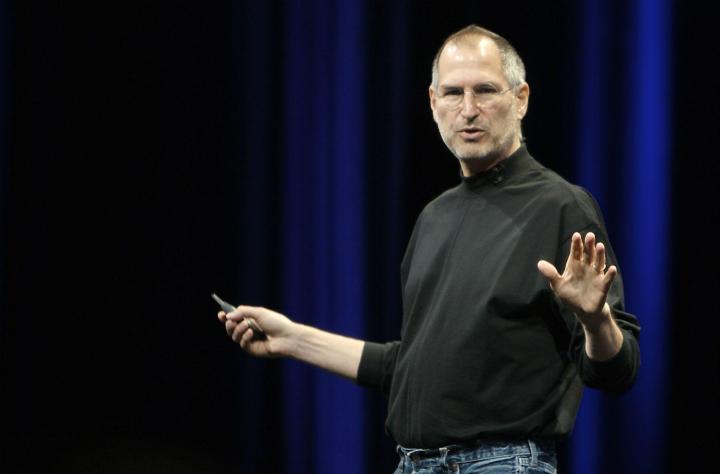
Last Friday, a former Apple engineer once involved in encrypting songs sold in the iTunes Store testified that Apple attempted to block competing services from being compatible with the iTunes Store or iPods, according to The Washington Journal. Apple is currently embroiled in the antitrust lawsuit over allegations that the company restricted competitors from being compatible with iPods in order to drive up prices between 2006 and 2009. The Plaintiffs are seeking $350 million in damages.
Ron Schultz, a former senior software engineer for Apple from January 2006 to March 2008 was recently subpoenaed to testify in court. Schultz worked directly with Apple’s FairPlay digital rights management software (DRM) which encrypted songs sold in the iTunes Store so they would only be playable on Apple devices.
Shultz described the project, codenamed “Candy,” as a plan intended to block “100% of non-iTunes clients.” While he testified that he did not wish to discuss his work with Apple from 2006-2007, he admitted outside the courtroom the FairPlay DRM created “market dominance” for the iPod, according to the report.
Schultz’s statements are not a smoking gun in this case, but add another layer to the growing stack of facts we already know. Apple has already admitted in the trial to secretly removing non-iTunes songs from users’ iPods through updates, and restricting competitors from being compatible with Apple products. Apple’s security director Augustin Farrugia proposed a rather flimsy defense for Apple’s actions, claiming potential attacks from notorious hacker DVD John and others in 2006 led Apple to employ these methods to secure users’ information.
The actions in question also happened to help Apple virtually corner the market of digital downloads through its iTunes megastore for years, helping to add mountains of cash to its billion-dollar profit sheet.
Schultz’s most revelatory remarks about his time at Apple came two years before he was subpoenaed to appear in the trial. In a 2012 academic paper entitled “The Many Facades of DRM,” Schultz explains that Apple was “locking the majority of music downloads to its devices” and had a “secret war” against iTunes hackers.
Schultz also claimed major record labels opted for DRM-free music to avoid having “songs locked to Apple’s iPod monopoly.” Apple did not start selling all of the music in the iTunes store free of the company’s FairPlay DRM until March 2009, after working out deals with all of the major record labels. By that time, the iTunes Store had ballooned and was a year removed from becoming the largest retailer of music in the United States.
Unfortunately for the Plaintiffs, Judge Yvonne Gonzalez Rogers did not enter Schultz’s academic paper into evidence. Schultz was the final witness and the case will be deliberated by the jury this week.
Editors' Recommendations
- How to access the iTunes Store in MacOS
- The best iTunes alternatives for Mac
- Boasting only a faster processor, Apple hopes new iPod Touch will lure AR gamers


